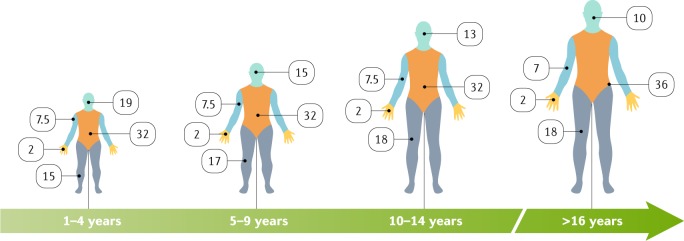Fig. 6. Lund and Browder diagrams for estimating burn size in terms of TBSA.
In adults, the ‘Rule of Nines’ (that is, using multiples of 9) is used to assess the proportion of the total body surface area (TBSA) affected and to help guide immediate treatment decisions, such as amount of fluid resuscitation, that are based on the size of the burn injury. However, owing to different head to body size ratios, the proportion of the TBSA affected in children is estimated differently; the Rule of Nines is inaccurate. Another challenge is the body habitus. For example, the Rule of Nines and the estimate that each hand comprises 1% of the TBSA are inaccurate in patients who have obesity or cachexia265. The body areas are separated by colour and the numbers are percentages of the TBSA and include front and back coverage; for example, ‘32’ in the diagram of the trunk relates to the chest, abdomen and back that make up 32% of the TBSA. The hand, including the palm, fingers and back of the hand, represents 2% of the TBSA and can be a useful tool for quick calculation of the size of a burn — especially irregularly shaped scald burns266.

